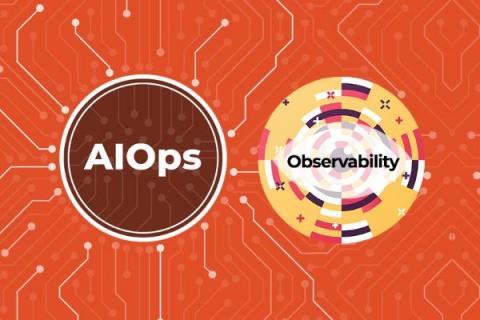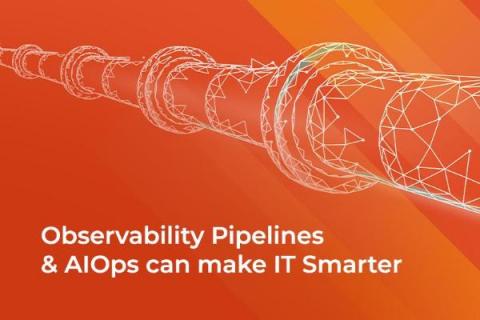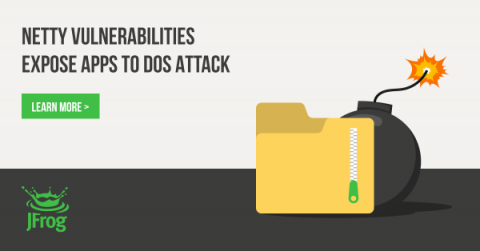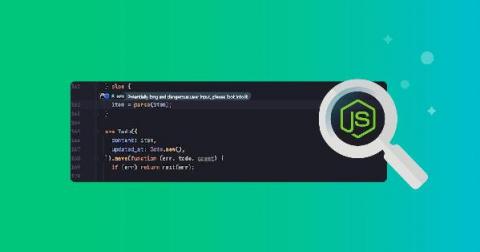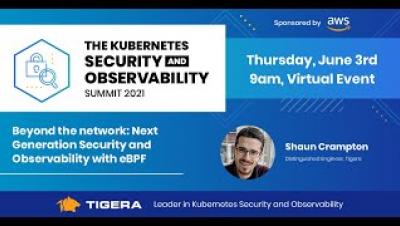How do Observability and Security Work Together?
There’s no question that the last 18 months have seen a pronounced increase in the sophistication of cyber threats. The technology industry is seeing a macro effect of global events propelling ransomware and wiperware development further into the future, rendering enterprise security systems useless. Here at Coralogix, we’re passionate about observability and security and what the former can do for the latter.





